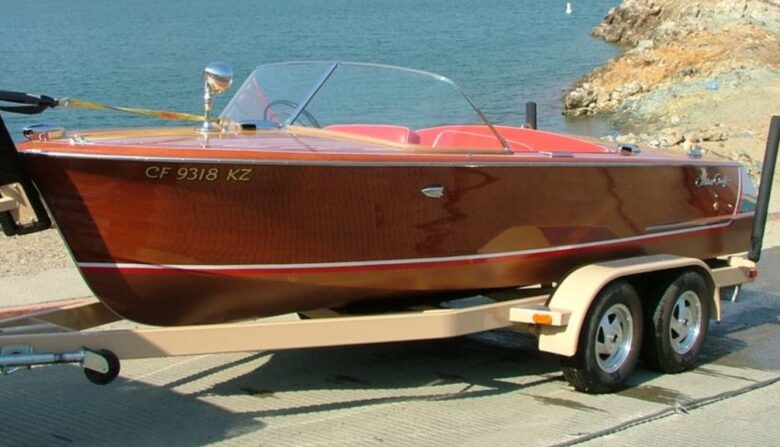Restoring a boat is the cheapest and most efficient way to enter the world of water. With little monetary investment, you can build a boat that you can love and cherish with colossal potential for personalization.
However, this task is far from easy, and you will need more than just tools and equipment. It is a daunting and overwhelming task, but it can save plenty of costs in the future.
While boats have little avenue for appreciation, boats with historical value and antique nature can fetch you big bucks.
Boats are not the same as cars, and you must carefully choose your antique-vs-classic game on the yacht side of the globe.
And that is why you are here!
In this article, you will be familiarised with all the comprehensive steps you will need to restore that baby, along with some tips that can help you in your restoration journey!
Tips And Advice To Restore Classic Boats
Given below are specific tips to commence your restoration and end it successfully at a cheap cost:
1. Commit To A Survey
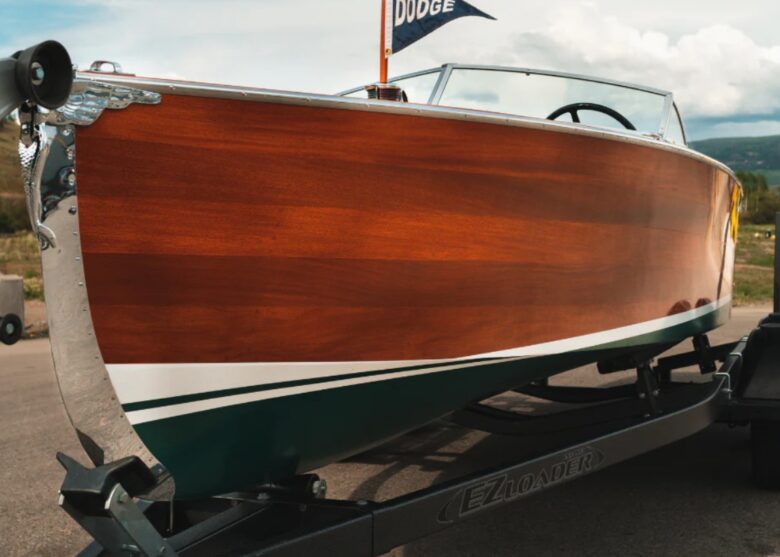
Beginner renovators often need to remember to take a survey before and after purchasing an antique or classic boat for renovation. Surveys are undertaken before purchase, but if you still need to, consider getting one before you intend to restore it.
Why do you need one? A professional surveyor can analyse the boat’s overall conditions and report all the damages and insights you need to be aware of.
They also suggest different hotspots to focus on while renovating, further smoothening the process. Always opt for reliable and accredited surveyors who can carry out a comprehensive examination of the engine systems.
2. Don’t Skip The Cleaning Part
Although it sounds too obvious to be a tip, the cleaning step is often taken for granted. A thorough cleaning procedure must be carried out before you start your renovations, for it serves more than just the common practical purpose.
Cleaning your boat provides a clean working space to establish your base and will help you start with a clear perspective. Moreover, what most people tend to miss is the subtle inspection process while cleaning.
While it enables you to spot missed problems, you will also save plenty of time later in the process. Make sure your focal points are on the drainage piles, bilges, and hull access points for better movement.
Once you are done cleaning, you can make a comprehensive list of the broken parts that require low to medium to high attention. This will help you remember all the components while the project is still in progress. You can also make an organized order to proceed with the latter part of the restoration.
3. Opt For A Reliable Service If Beyond Your Capabilities
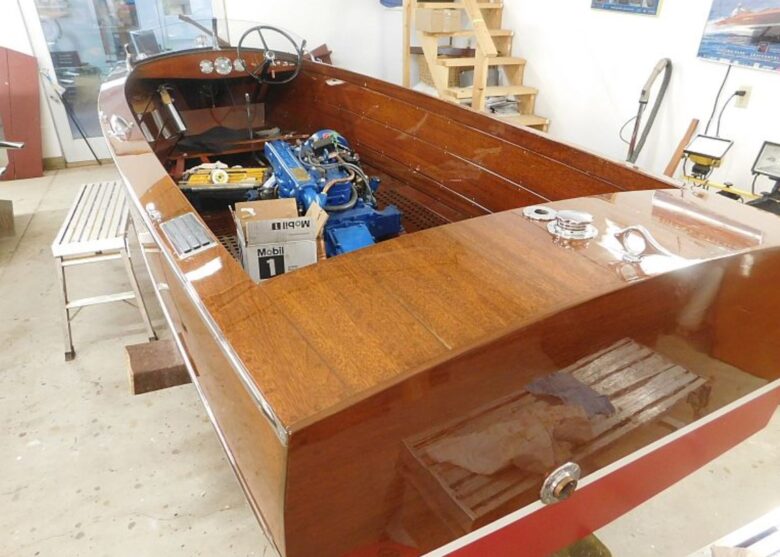
While it can be hard to admit, boat restoration is not everyone’s cup of tea. Amateurs can seemingly do the boat restoration process with reasonable quality. But if you seek professional quality and long-term preservation for future sale or use, then relying on a boat restoration service is your best bet.
Not only do they have multiple years of industrial experience, but they also take into consideration all your specific requirements and bring your boat alive.
From antique to classic boat restoration services, they can help you with additional services varnishing maintenance, customized interiors, bottom replacements, and partial restorations that can make your boat look fresh in stock.
4. Estimate The Cost Of Self-Restoration And Availing Of Professional Services
You must take advantage of the cost of repairs, for you could be losing out on a cheaper option. Be careful to take your time in this step.
Estimating the cost is a manageable task as long as they are readily available. As old boats slowly move out of business, the associated products follow.
While you may get different products than you need, an ounce of improvisation and replacement can do it for you. However, doing so can burden you with research time and additional costs.
Moreover, costs don’t only mean monetary ones. Boat restoration is a labour-intensive task, and stripping the gel coat of sanding wooden decks may be more about strength and endurance. Gauging your capabilities can save you much.
Another aspect of cost to include is the time factor. As such, you will need an elaborate plan that takes into account all the cost aspects and analyses for its feasibility. If your ultimate goal is to profit, compare these profits to the sale price at the end of the restoration.
That said, you cannot just pick a number for your costs, as there are a plethora of factors to consider. A small boat with 25 feet LOA may set a base of $15,000 to $20,000, but if you consider the unexpected issues, the final price may skyrocket.
A rule of thumb is to research based on the boat size and quality of work. For instance, a 30-foot boat may have a purchase price of around $50,000. Restoration work and products require around $30,000 and about $15,000 for profit, and the total cost is now $95,000. On the other hand, the resale value would be around $50,000.
5. Get The Right Tools
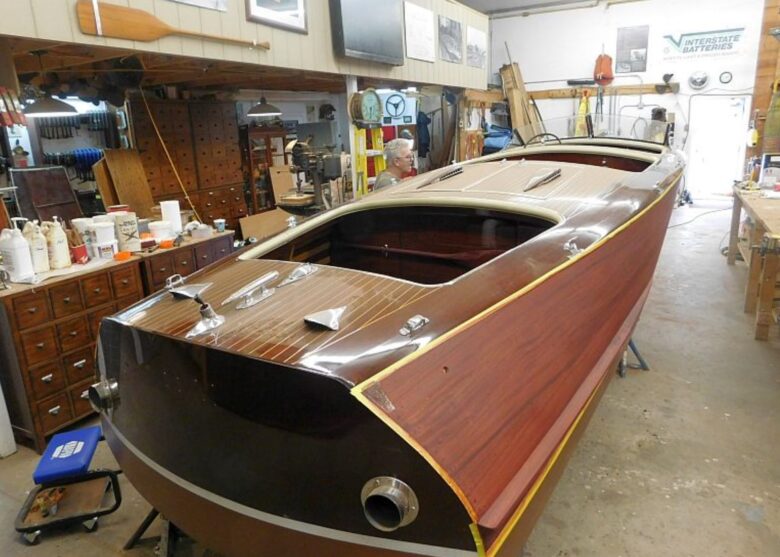
While primary hand and power tools are essential for any restoration, you will also need to look for specialist tools for specific tasks. Remember to prioritize quality over quantity at all times.
A 1000 items for 20 is undoubtedly less efficient than 20 for 1000 bucks. A piece of great advice is to purchase upon the need and not before the restoration process.
This is because you would instead save yourself some money by not buying unnecessary products in the kit. Some essential items are given below:
| Component | Estimated Cost | Life Span |
| Rigging (Standing) | $1000 to $1500 | 10 years |
| Metalwork | $200 to $5000 | 2-3 years |
| Sails | $2,500 and $4,000 | 4,000 hours |
| Halyards, sheets, and control lines | $2 to $10 per metre | 5 to 10 years |
| Engine | $12,000-$30,000 | 5,000 hours |
| Batteries | May vary according to the need | 4 to 5 years |
| Gelcoat repairs and varnish | $30 per tin | 5 years |
| Winches and blocks | $500-$1000 | 1 year |
6. Avoid Expensive And Branded Products
Lastly, do fall for the price and “brand.” You can always use cheaper and homemade alternatives that work equally, if not better. Keep in mind to clean and wash your boat on a regular basis to reduce the need for products.
Use chemicals sparingly as they can reduce the lifespan. Vinegar and baking soda work wonders for getting rid of stains.
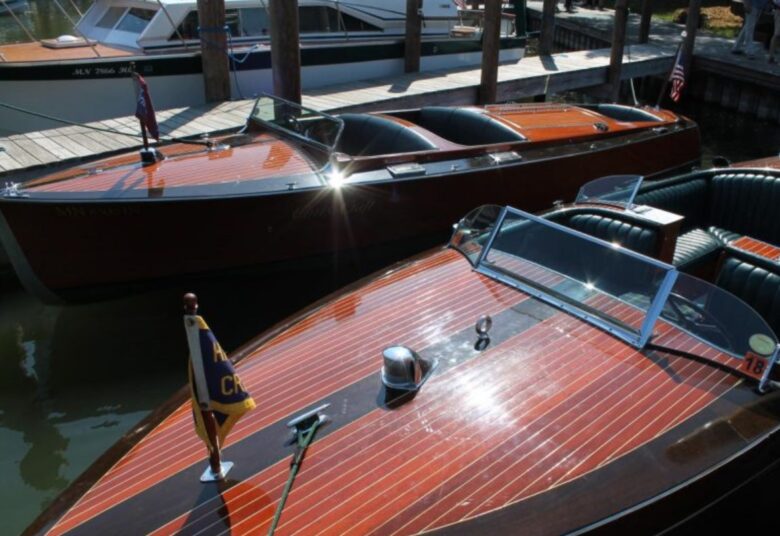
Conclusion
With a certain degree of elbow grease and the right know-how, your boat can be reborn again with top-notch “fresh out of the market” functionality. Make sure to check all the fittings in the hull that can potentially flood your boat.
Double-check the seacocks and hull condition, and change the oils whenever necessary. While the above tips may not guarantee you become a pro, they will do their duty and CPR your boat to its pristine condition. Now that’s something to be proud of!

